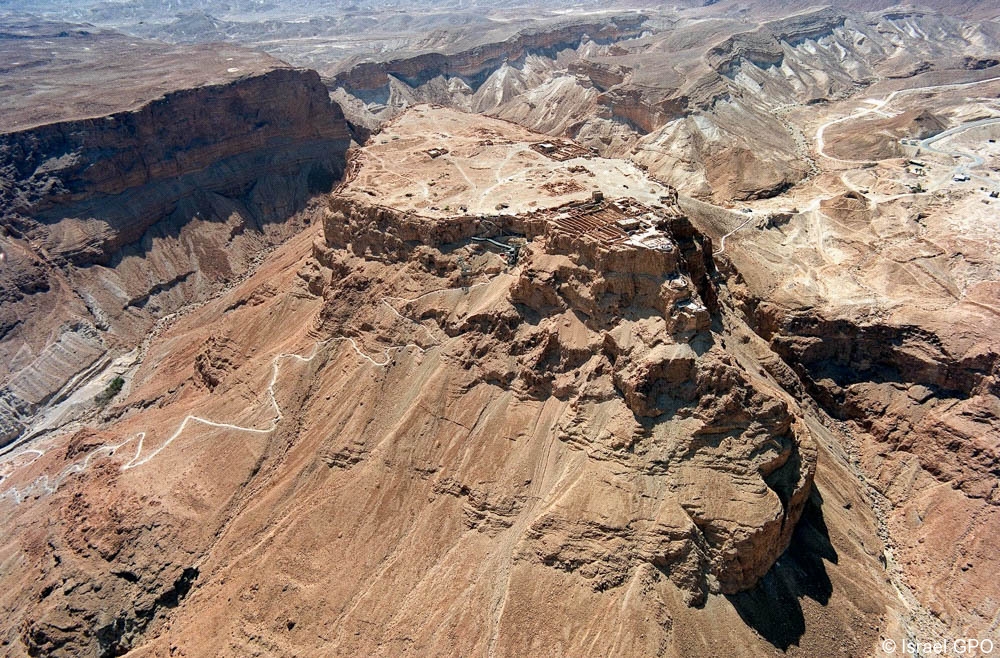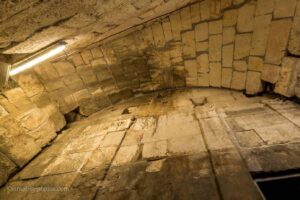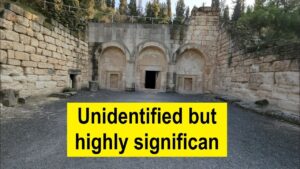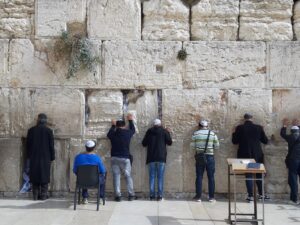Makhtesh Katan, Negev Desert – Explore the Small Erosion Crater
Nestled in the heart of Israel’s Negev Desert, Makhtesh Katan, also known as the Small Crater, offers a unique geological experience. This natural wonder is one of the three major erosion craters in the Negev, alongside Makhtesh Ramon and Makhtesh Gadol. Despite its name, Makhtesh Katan is a captivating destination for nature lovers, geology enthusiasts, and anyone seeking a serene escape into the desert’s vastness.
What to See
Makhtesh Katan is a geological marvel, characterized by its unique formation. Unlike typical craters formed by volcanic activity or meteor impacts, Makhtesh Katan is an erosion crater. Over millions of years, water and wind eroded the softer rock layers, leaving behind a steep-walled, heart-shaped depression. The crater is about 5 kilometers long and 7 kilometers wide, offering breathtaking views of its colorful rock layers and unique formations.
Visitors can explore the crater’s rim and interior through several hiking trails. The most popular trail is the “Katan Trail,” which takes you on a loop around the crater, offering panoramic views and a chance to see the diverse flora and fauna that thrive in this arid environment. Keep an eye out for ibexes, foxes, and various bird species that call the crater home.
A Bit of History and Interesting Facts
Makhtesh Katan’s formation dates back approximately 200 million years. It was created during the Jurassic period when the region was covered by a shallow sea. Over time, tectonic activity lifted the area, and erosion began its work, carving out the crater we see today. The crater’s unique geology has made it a subject of study for scientists worldwide, contributing to our understanding of erosion processes and desert ecosystems.
An interesting fact about Makhtesh Katan is its role in the development of the term “makhtesh,” which is now used globally to describe similar erosion craters. The term was coined by geologists in the early 20th century when they first studied the Negev’s unique formations.
How to Get There and Tips for First-Time Visitors
Makhtesh Katan is located in the northeastern part of the Negev Desert, approximately 100 kilometers south of Be’er Sheva. The easiest way to reach the crater is by car. From Be’er Sheva, take Route 25 east towards Dimona, then continue on Route 206 south. Look for signs directing you to Makhtesh Katan. The drive offers scenic views of the desert landscape, making the journey part of the adventure.
For first-time visitors, it’s essential to come prepared. The desert climate can be extreme, with hot days and cool nights. Bring plenty of water, sunscreen, and a hat to protect yourself from the sun. Comfortable hiking shoes are a must if you plan to explore the trails. It’s also advisable to check the weather forecast before your visit, as flash floods can occur during the rainy season.
Makhtesh Katan is a remote location, so it’s a good idea to bring snacks and a picnic lunch. There are no facilities within the crater, so plan accordingly. Lastly, respect the natural environment by staying on marked trails and taking all your trash with you.








